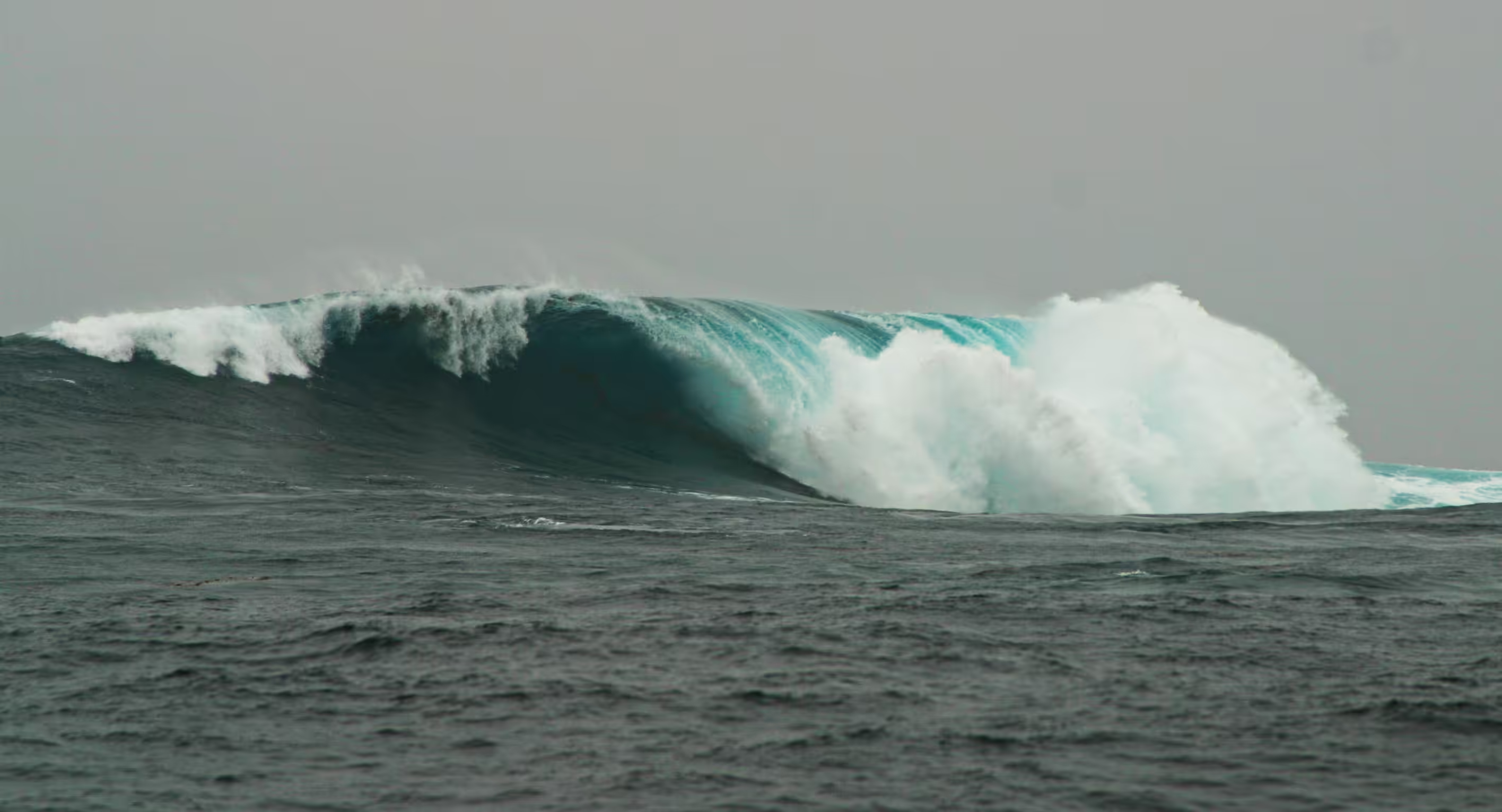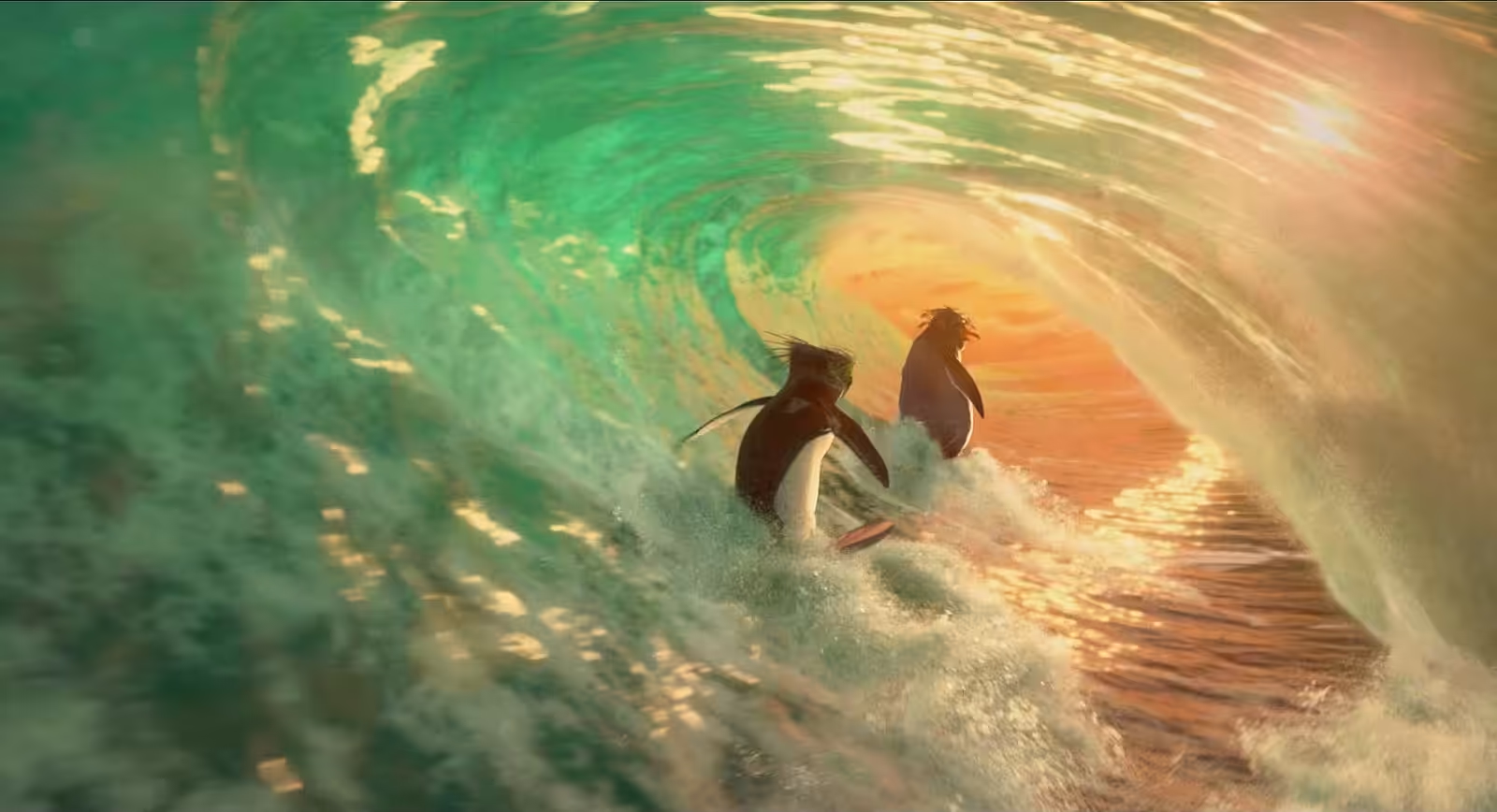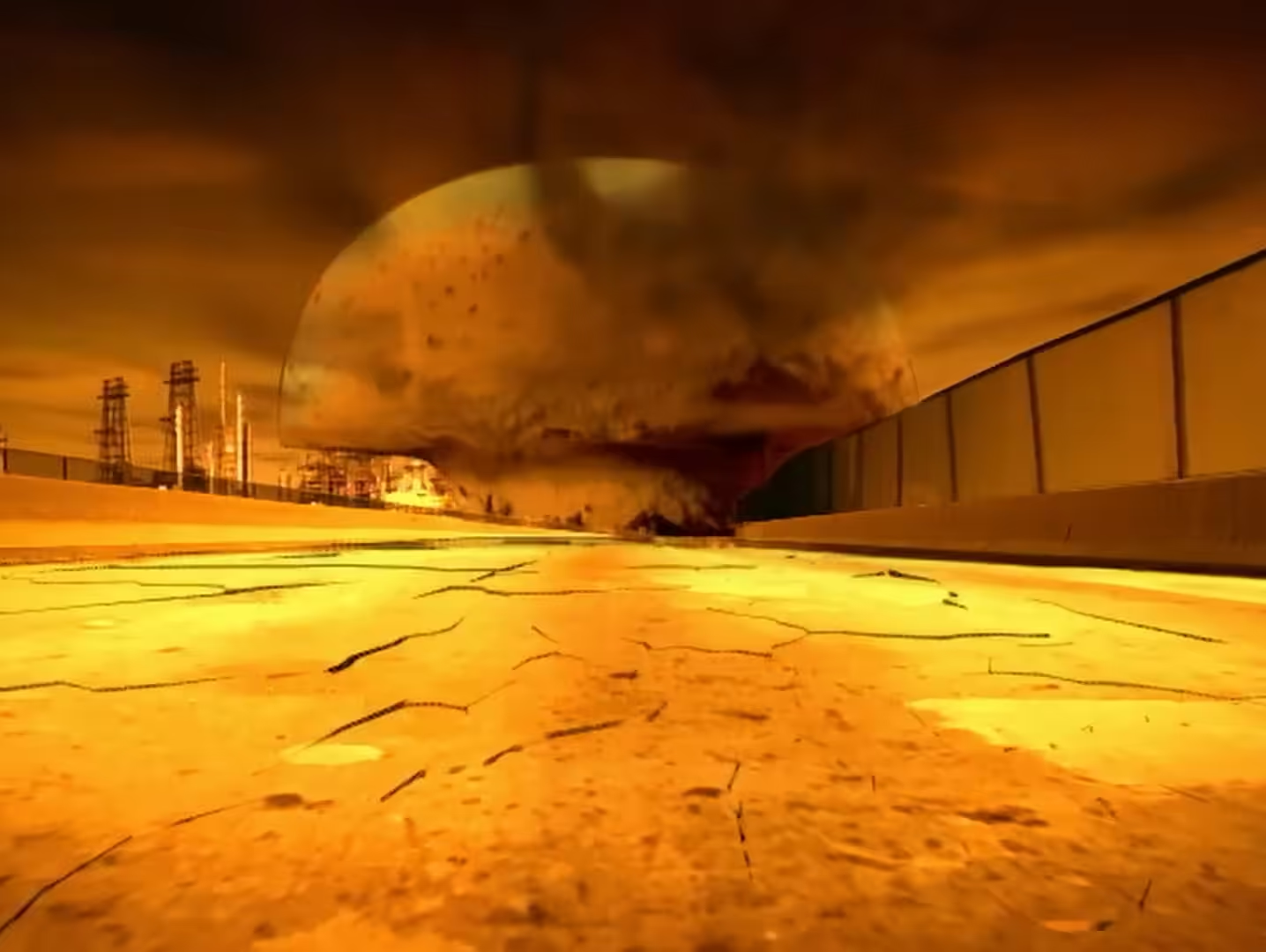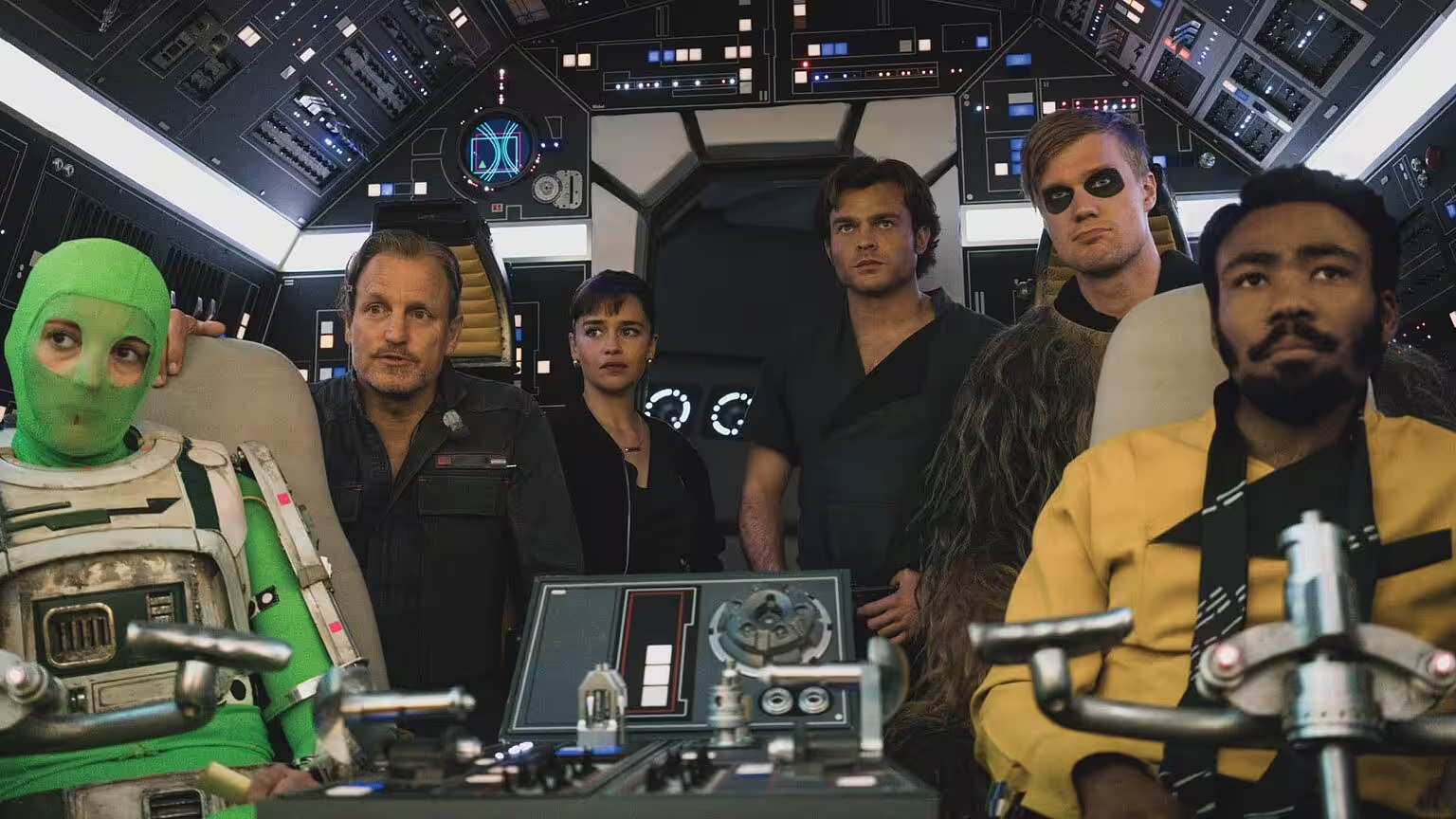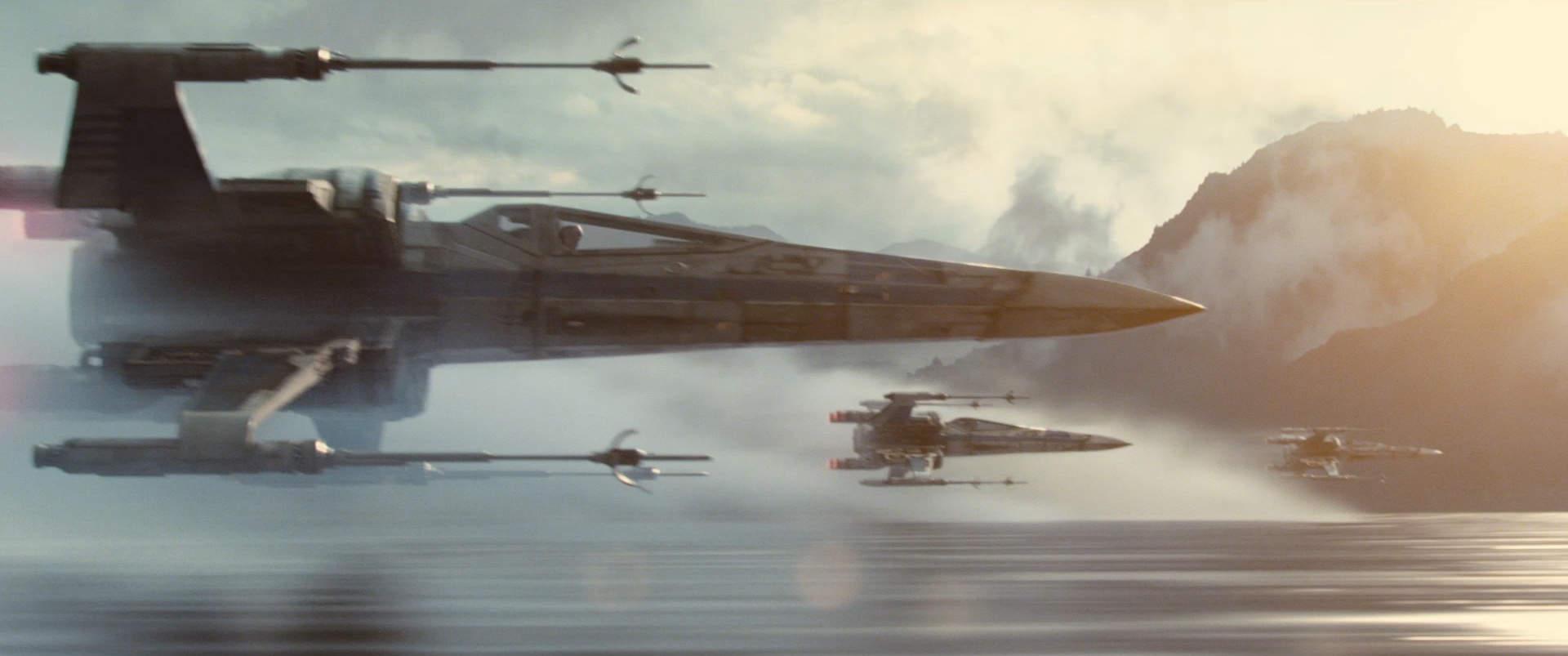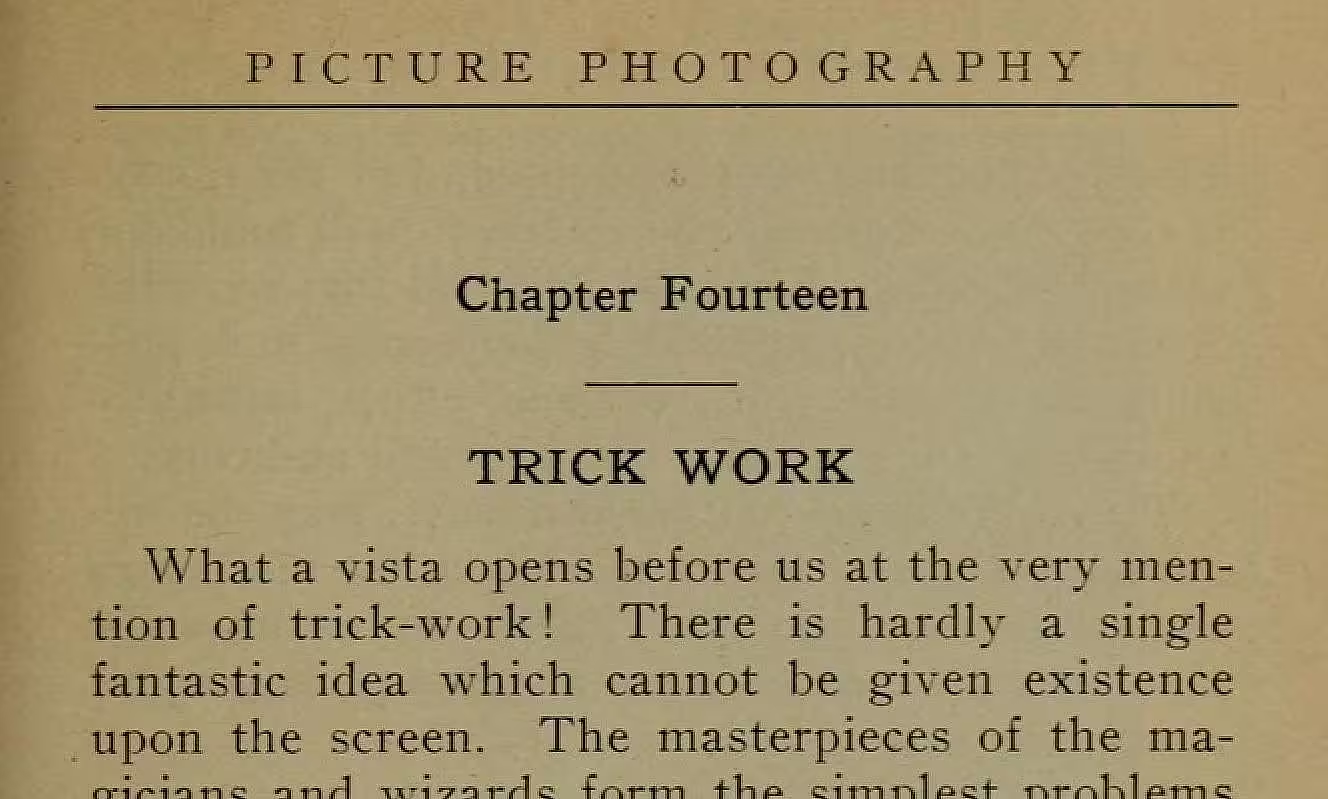*J.P. Beeghly*: Hey Rob, can you get down to Dana Point within 3 hours?
*Rob Bredow*: Uh, yea. It moved up?
*J.P. Beeghly*: Yup, Sean thinks the swell is coming early. Jamie Stirling and Carlos Burle are already in the air from Hawaii. We’re leaving tonight.
*Rob Bredow*: I’ll grab my camera and I’ll be on my way.
The next 48 hours were my first-hand introduction to the world of big wave surfing. I tagged along, invited by award winning cinematographer and producer JP Beeghly as his sound guy and grip on an expedition out to Cortes Bank with several professional surfers.
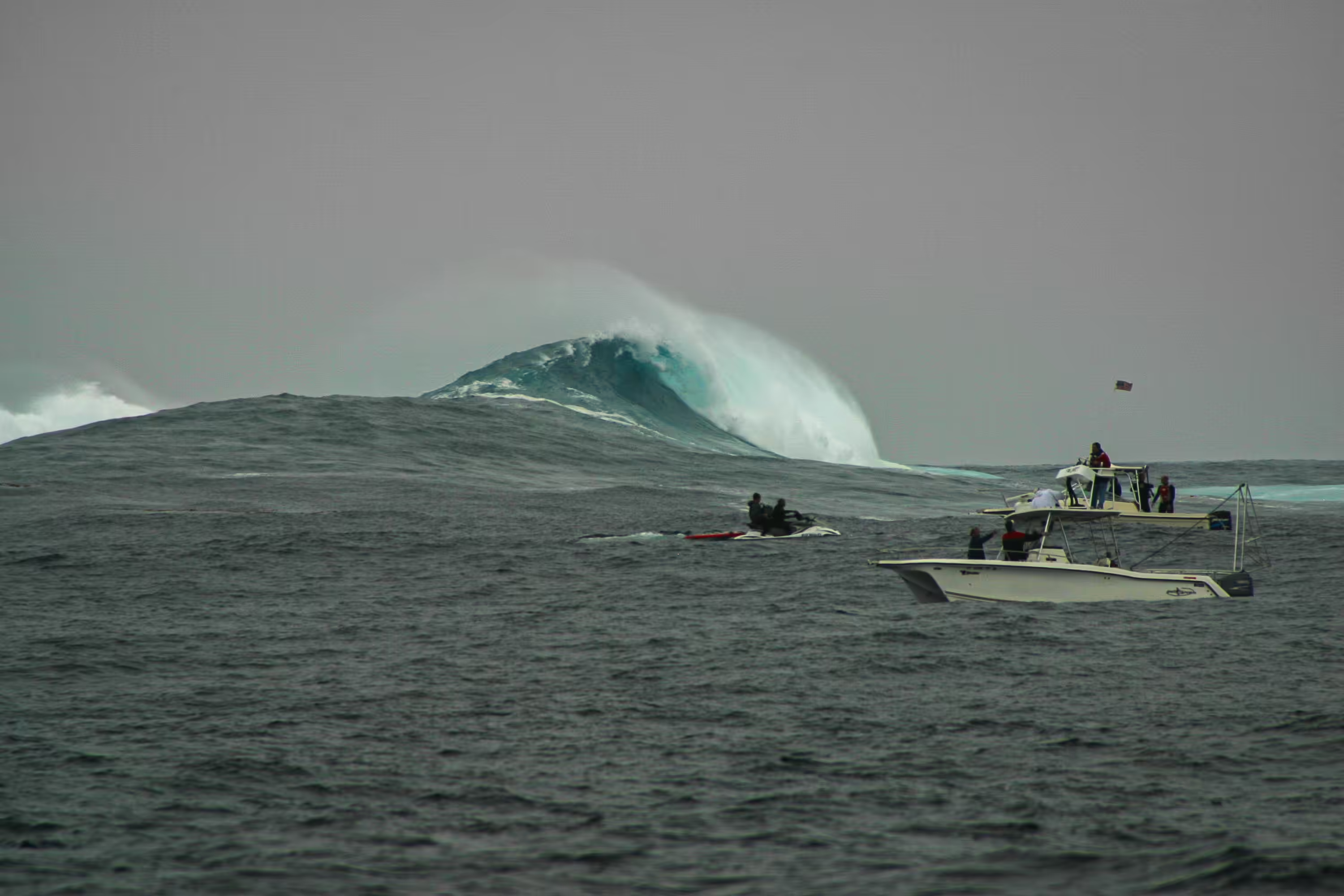 Breaking Wave at Cortes Bank
Breaking Wave at Cortes Bank
Cortes Bank is a break 100 miles off the coast of California created by a giant underwater mountain that makes the water shallow enough to create breaking waves with 30-60 foot faces in the right conditions. Sean Collins, who runs surfline.com, is the master at predicting these waves and had just moved our timetable up by another 30 hours so we didn’t miss this swell.
Earlier at Sony Pictures Animation
In the Summer of 2003, I found myself sitting in a pitch meeting during the early days of Sony Pictures Animation. The first pitch was a detailed series of 10 or more boards full of illustrations featuring a Bear and a Mule Deer who we all know today as Boog and Elliot–the stars of Open Season. The story was well underway and the movie already had the momentum of a picture going into production.
Almost as an aside, the story artist wandered over to a single board which contained some of the first drawings illustrating the next movie in the production pipeline. At that point, the story team was still working out whether the story was West Side Story meets The Endless Summer or something else entirely but one thing was clear, we were making a movie with waves and surfing penguins.
This was the movie that I wanted to be a part of.
Meanwhile…back on the boat
After meeting up with everyone, the night was spent trying to sleep below deck as the boat made it’s way 100 miles out to sea in large swells. There was a reporter from New York who unfortunately didn’t take any seasickness pills…he was literally green.
 Early Morning Calm enroute to Cortes Bank
Early Morning Calm enroute to Cortes Bank
I remember waking up in the early morning because the boat stopped rocking as violently. I climbed up to the deck to see the pre-dawn sky and notice that we were passing an island. The water was glassy which shielded the boat from the giant swells. A couple of minutes later, we left the shelter of the island, the boat began it’s familiar rocking and we continued towards Cortes Bank.
Back at Sony
Sony has a a long history of working with water and I have been a part of most of these projects. From early small scale photorealistic water in Stuart Little (1999) to the full scale night time storm in Cast Away (2000), Sony Imageworks has been a part of making water serve the needs of filmmakers for years. However, Surf’s Up was clearly going to raise the bar a few notches requiring over 20 minutes of tropical waves with surfing penguins. Where to start? We began by collecting reference from every surfing documentary we could find.
One film that stuck out to the directors of Surf’s Up, Ash Brannon and Chris Buck, and me was Step Into Liquid. Because of its outstanding photography and authentic view of the surfing genre, we had all fallen in love with the movie and the surf documentary genre in general. I looked up some of the people involved in the movie’s creation and JP Beeghly, the film’s producer and cinematographer, came to Imageworks to give a lecture to our crew on shooting a surfing documentary.
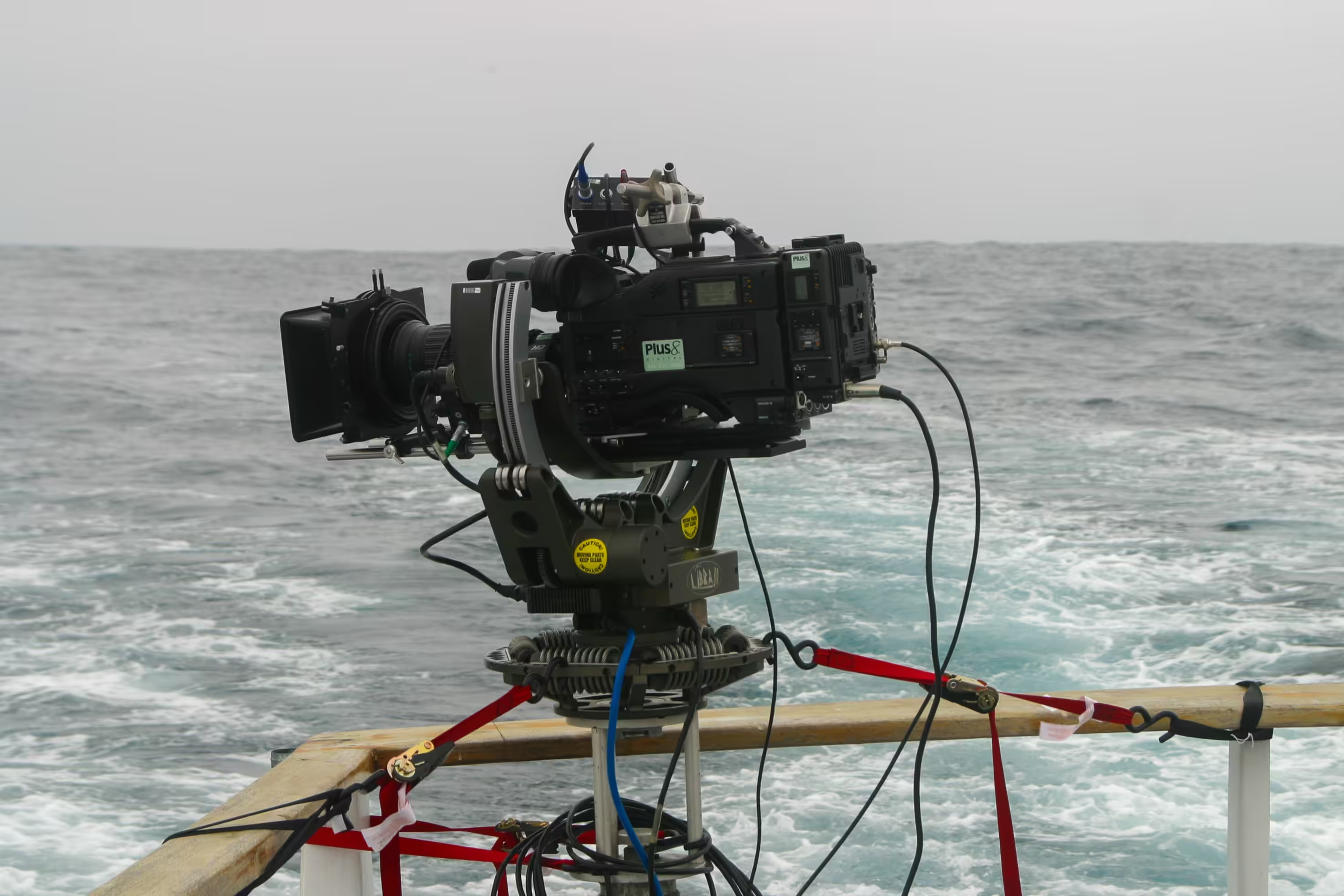 Camera Rig Stabilization System Mounted on the Boat
Camera Rig Stabilization System Mounted on the Boat
And, we’re back on the boat
JP and the camera assistant spent the morning assembling the camera on a special stabilizing rig on the back of the deck and getting ready to shoot. The surfers prepped their boards and we did a pre-surf interview with them about their expectations of surfing the legendary Cortes Bank, a break only a few surfers have ever braved. They were hoping for the biggest waves of the year. I remember the moment the captain of the boat pointed out the window to whitewater breaking on the horizon–our first glimpse of the break in the middle of the ocean.
In the screening room at Sony
We took away several important things from JP’s lecture and the movies we had been studying to help us with our goal of making waves that were detailed enough that the audience would leave the theater feeling as though they had actually been out there riding inside the tube themselves. We knew we needed to handle slow motion in a natural way throughout every department since most spectacular waves shots are photographed at 240 FPS. We needed the camera to be able to go above and below the surface. We needed to create a wide variety of waves and we needed to figure out how to push 20 minutes of wave shots through multiple departments. It was going to require a substantial team of wave experts.
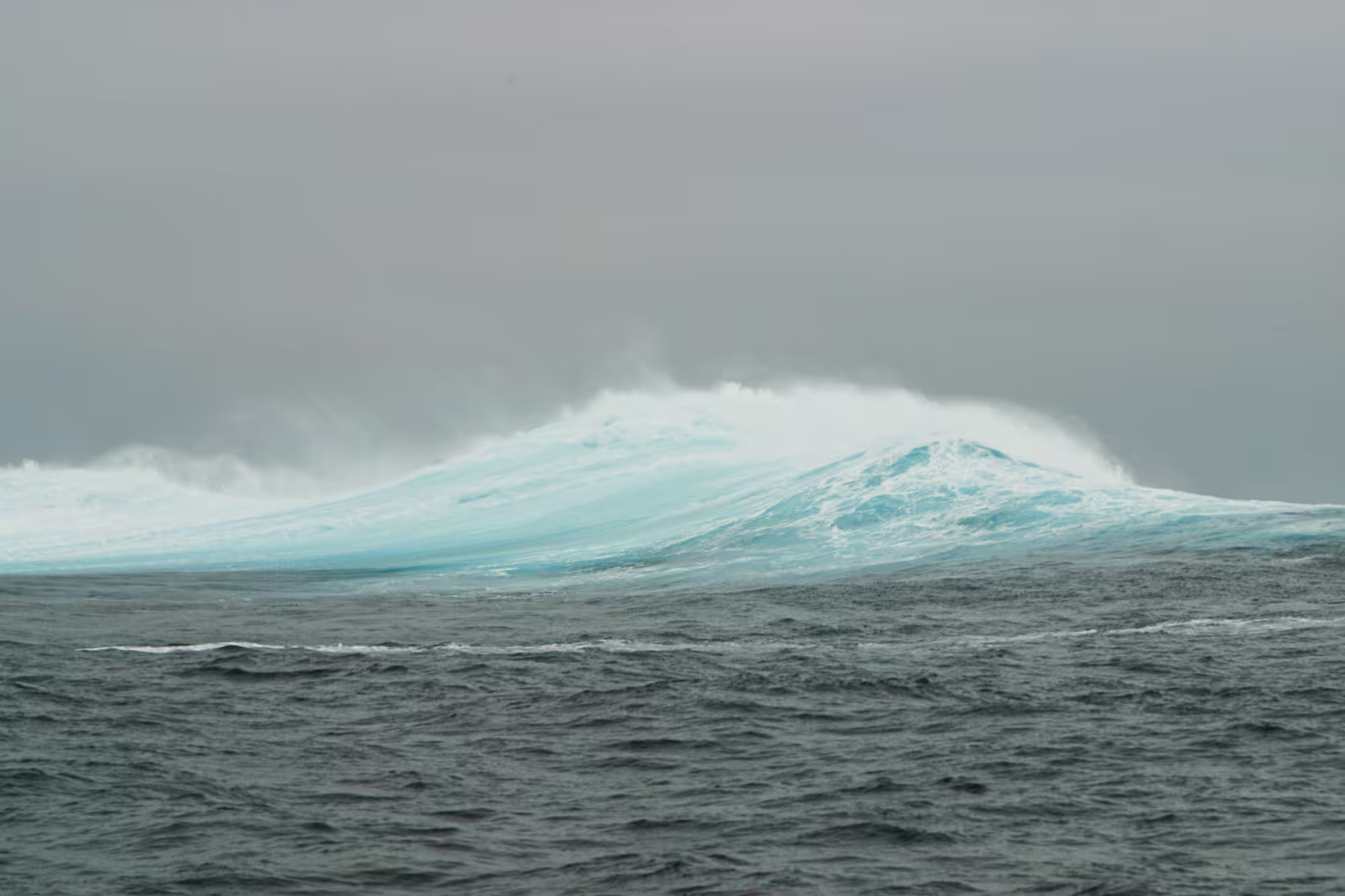 Wave Breaking off the Stern of the boat
Wave Breaking off the Stern of the boat
Whitewater
Our boat was drifting slowly with engines running off the left shoulder of the break about 150 to 200 yards away from the whitewater. Even at that distance the waves looked huge. By 11am, the surfers were being loaded onto the jet-skies that would be pulling them into the break. With long lenses we could watch the surfers drop onto the 40 foot faces of these waves and disappear behind the swell before we could see them again getting picked up by the jet skies. A couple times a surfer would get caught in the churn and it was difficult for the skies to get in to save them between the closely timed sets. It was pretty amazing.
Back to the studio
Fortunately, Surf’s Up was the type of project that attracted some of the best talent in the industry. Our CG Supervisor in charge of all the effects animation in the film was Daniel Kramer who came from a strong effects background and lead throughout the movie both writing tools and driving the look of the water. Matt Hausman handled many of the hardest water elements in the movie Castaway first-hand and returned as one of the FX Animation Supervisors on this film. Debbie Carlson joined the team – having just completed some of the most challenging sequences in The Polar Express – and implemented much of the water surface and wave shading issues for the film. We also found our wave animation lead early in the project’s life, John Clark, who brought years of actual surfing experience to the crew and, in the end, animated many of the waves for the film himself.
After a long day on the sea
We finished the day eating fresh fish that the crew had caught and reviewing the tape that we shot. The most popular tape to watch repeatedly was the helmet-cam footage of one of the wipeouts where Carlos was forced down over and over again as the sets poured in over him. He hit with such impact, it ripped apart his backpack that held the waterproof recorder but somehow he and the equipment both survived. Everyone had amazing stories to tell.
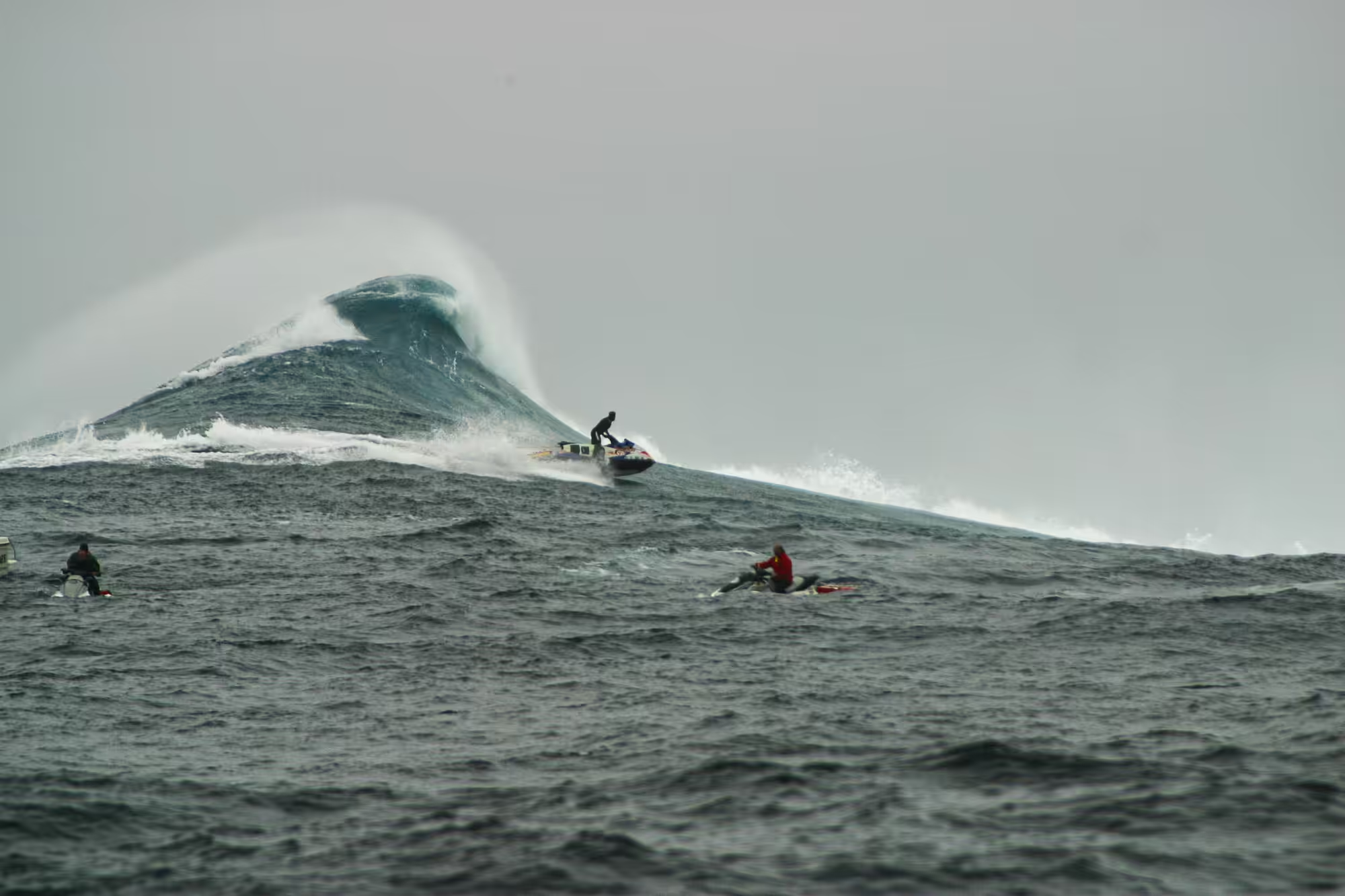
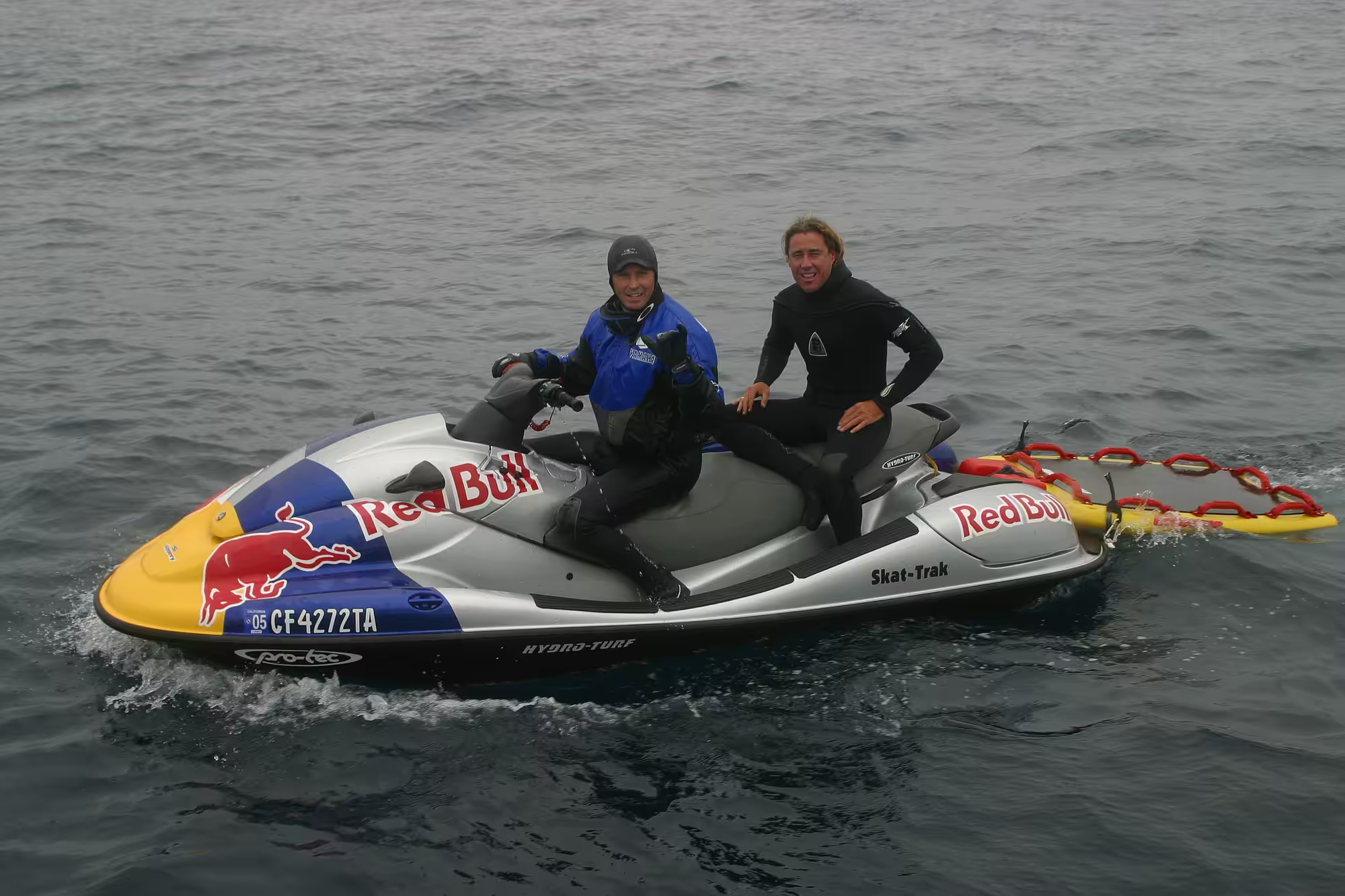
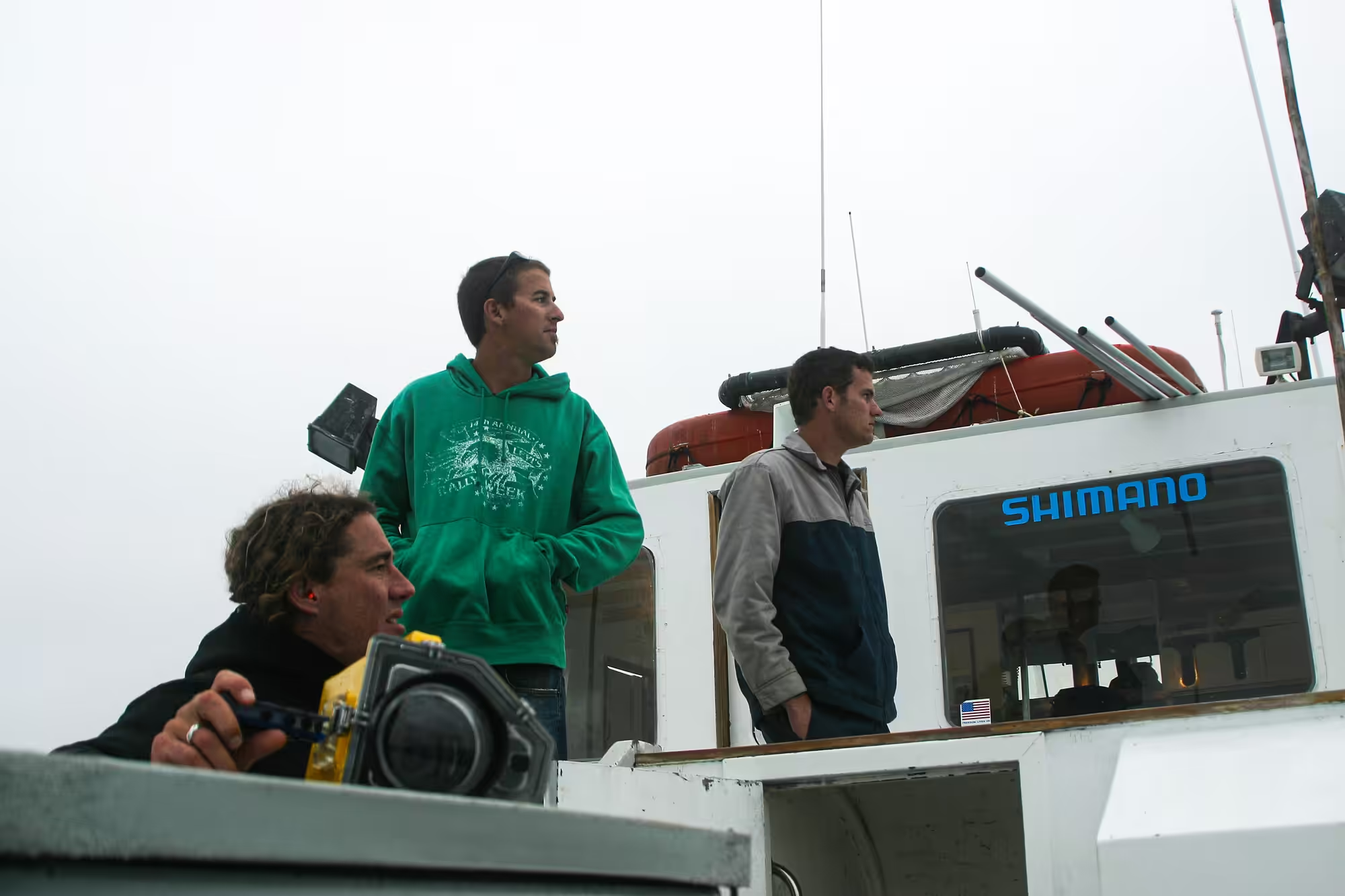
Surf’s Up – an animated documentary
In the end, we made an animated documentary starring surfing penguins, and waves. The waves were key-framed and controlled just like the rest of the characters in the film, and they played a staring role.
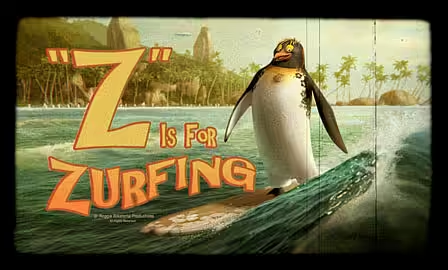
Whether it was the 50 foot breaks in the sequence were Cody gets pummeled by the giant Pengu break (modeled after the Mavericks break off the shore of California), or the overhead pipeline waves that Cody and Geek surf on the south shore, the movie has the authentic feel of a surfing documentary – Thanks to the many artists at Sony Pictures Animation & Imageworks who worked together to pull off the illusion.
And J.P. Beeghly.


